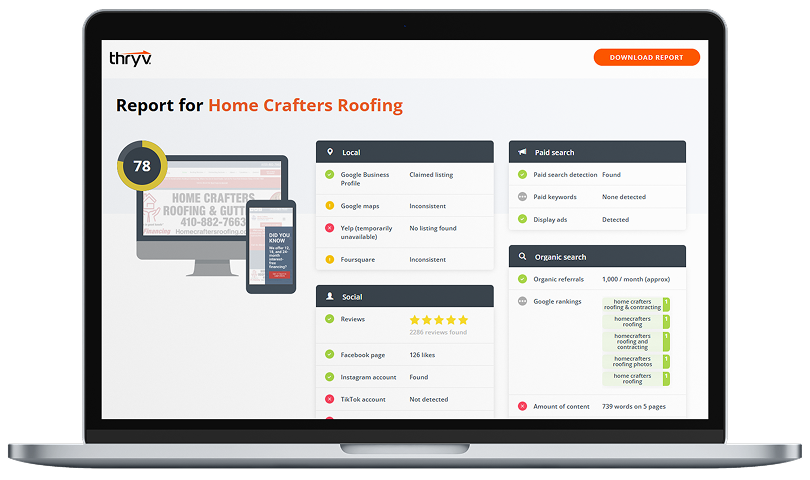 When you’re dealing with an unhappy customer, it’s not just what you say, but how you say it. This is especially true with channels like email and social media, where you can’t use vocal inflection, facial expression and body language to provide context for your message. You have to rely on word choice and punctuation alone to set the tone.
When you’re dealing with an unhappy customer, it’s not just what you say, but how you say it. This is especially true with channels like email and social media, where you can’t use vocal inflection, facial expression and body language to provide context for your message. You have to rely on word choice and punctuation alone to set the tone.
Respond to a complaint too casually (“Oops :-O Our bad!!! Sorry!!!!!!!”), and your customers may think you’re not taking them or their problems seriously. Respond too formally (“We at Irbydyne Industries sincerely apologize for the incident.”) and your customers may think that you sound insincere. Or that you’re a soulless automaton incapable of experiencing this thing that humans call “empathy.”
Software Advice, a company that researches and compares software options for businesses, recently conducted an online survey to determine which tone of voice customers prefer in a variety of support situations. The results were quite interesting and provide some invaluable insight for those striving to find that perfect tone of voice for their customer service emails, texts, tweets, and Facebook messages.

Free: Email and Text Templates to Ask for Missing Payments
DownloadCasual or Formal?
Consumers were asked if they preferred a casual or formal tone when communicating with customer service agents through email. Of those that expressed a preference, nearly two-thirds said they wanted the tone of their email support to be casual.

As noted by Software Advice’s Jay Ivey, “this distribution was consistent across all age and gender demographics… So, generally speaking, most customers (regardless of age or gender) would like support agents to use natural, friendly language when answering online tickets.”
Context Matters
Although consumers tend to prefer a friendly (and human) tone of voice in their customer service emails, every case is different and depends on the customer and the situation. For example, a customer who is in crisis mode or who is receiving bad news will be more likely to take umbrage with a casual, breezy tone.
In the survey, consumers were asked how they would respond to negative news delivered in a casual email, as opposed to positive news delivered in a more formal tone of voice.

The first chart shows that an overwhelming majority (78 percent) of respondents would be dissatisfied if their request was denied in a casual tone. Conversely, the second chart shows that respondents are less likely to be impacted by tone if the news they’re receiving is good.
Customer service often entails dealing with people who are upset or angry.In these cases, an email in a casual tone of voice is much more likely to be perceived as condescending or otherwise insensitive.
Crossing the Line
How casual is too casual? Consumers were asked which elements they felt were inappropriate, even in a casual support email. Nearly half (49 percent) had no problem with any of the listed options. However, 35 percent of the respondents were put off by emoticons, and 26 percent felt colloquial words (like “awesome” or “cool”) were too informal.

As for emails crossing the line from professional to stilted, respondents weren’t nearly as outspoken. When asked which elements might be considered too formal, 67 percent answered “None of the above.” Of those that did single out elements for being too stuffy, 17 percent objected to formal greetings and closings, while 14 percent were turned off by courtesy titles and honorifics.

So what’s the best tone of voice to use in customer service email communication? Truth is, there is no one right answer—it depends on the customer and the situation. The important thing is to let the customer know that you’re listening and that you’re there to offer solutions. In most cases, an informal and friendly tone will go a long way towards building trust with customers. But in times of stress or crisis, a more reserved and formal tone will assure your customers that you’re taking their problems seriously.

Email and Text Templates to Ask for Missing Payments
Use these free email and text templates to cut down on missed and late payments from your customers.


